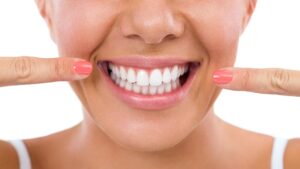
See you at Vagenas Dental to get the best smile and service in Brockton, MA
See you at Vagenas Dental to get the best smile and service in town! They know what it takes. At Vagenas Dental their entire staff
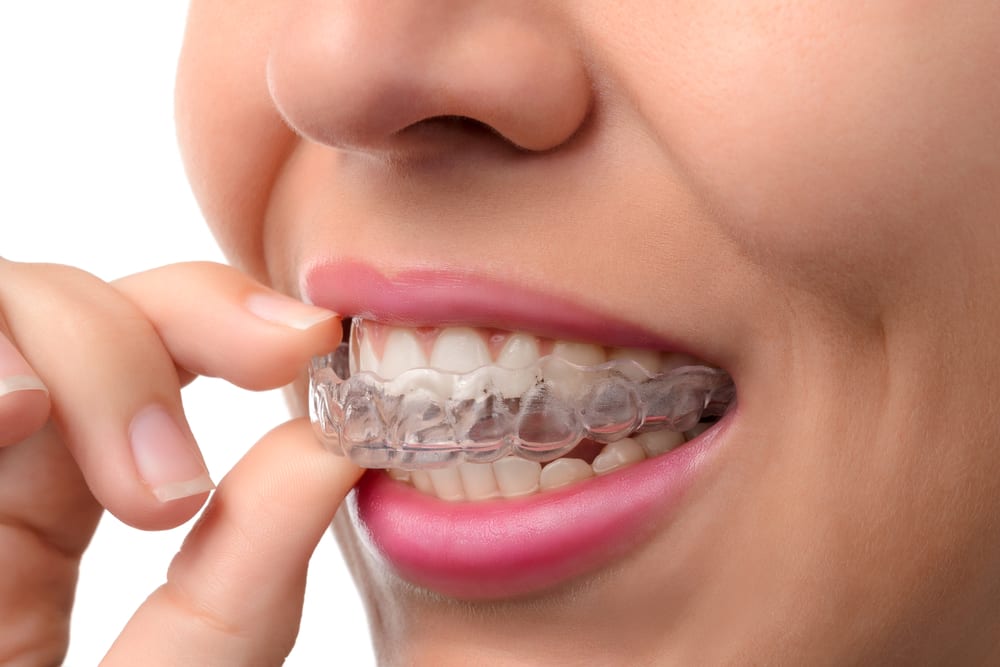
Are you dreaming of a straighter, more confident smile? You’re not alone! While orthodontic treatments are often associated with adolescence, an increasing number of adults are seeking the benefits of a perfectly aligned set of teeth. If you’ve been considering orthodontic treatment but find yourself wondering about the pros and cons, look no further. In this blog post, we’ll delve into the world of adult orthodontics, exploring everything from traditional braces to innovative invisible aligners.
Orthodontic treatments are commonly associated with children and teenagers, but the truth is that adults can also benefit from orthodontic care. In fact, according to the American Association of Orthodontists, one in every five orthodontic patients is over the age of 18.
Unlike children who are still growing and developing, adults have fully formed jaws and their facial bones have stopped growing. This means that orthodontic treatment for adults may require a different approach compared to younger patients. In this section, we will explore the various types of orthodontic treatments available for adults and their potential benefits.
Crooked or misaligned teeth are one of the most common reasons why adults seek orthodontic treatment. This issue can be caused by various factors such as genetics, thumb sucking, or even loss of a tooth. Crooked teeth not only affect the appearance but can also lead to difficulty in maintaining proper oral hygiene, resulting in an increased risk of tooth decay and gum disease.
An overbite is when the upper front teeth significantly overlap with the lower front teeth when biting down. This condition may cause wear and tear on both sets of teeth and can also lead to jaw pain and discomfort.
An underbite occurs when the lower jaw protrudes out further than the upper jaw, causing the lower front teeth to sit in front of the upper front teeth when biting down. This can affect speech and chewing abilities and may also lead to strain on your jaw muscles.
A crossbite happens when some upper teeth fall inside the lower ones upon closing your mouth. This condition may cause uneven wear
Traditional braces have been a tried and tested method for correcting misaligned teeth for decades. They consist of metal brackets, wires, and bands that are attached to the teeth and gradually shift them into their desired position over time. While they have proven to be effective in creating straighter smiles, they also come with their own set of pros and cons.
Pros:
Cons:
Invisalign is a popular orthodontic treatment option for adults looking to improve the alignment of their teeth. It involves using a series of clear, removable aligners that gradually shift the teeth into their desired position. While Invisalign has gained popularity due to its discreet nature and convenience, it also has its own set of pros and cons that should be considered before making a decision.
Pros:
Cons:
Lingual braces are a type of orthodontic treatment that has gained popularity among adults in recent years. Unlike traditional metal braces, lingual braces are placed on the backside of the teeth, making them virtually invisible from the front. This makes them an attractive option for those who want to straighten their teeth discreetly.
Pros:
Choosing the right orthodontic treatment for adults can be a daunting task. With so many options available, it can be overwhelming to determine which treatment is best for you. However, there are several factors that should be considered when making this important decision. In this section, we will discuss the key factors to consider when choosing an orthodontic treatment.
The first factor to consider is the severity of your dental issues. This includes any misalignment or crookedness of teeth, overcrowding, overbites or underbites, and other bite problems. Different orthodontic treatments may be more suitable for certain dental issues than others. For example, Invisalign aligners are better for mild to moderate cases of misalignment whereas traditional braces are better for more severe cases.
Another important factor to consider is the duration of the treatment process. Some treatments may take longer than others to achieve desired results. Traditional braces usually require a longer period of time compared to newer options such as Invisalign or ceramic braces.
For many adults, appearance plays a significant role in their choice of orthodontic treatment. If you are concerned about how you will look with metal brackets and wires on your teeth, then you may want to consider less visible options such as clear aligners or ceramic braces.
4.Cost:
Orthodontic treatments can be expensive and cost is often a major consideration when choosing an option that fits within your
Which Option is Right for You?
After weighing the pros and cons of various orthodontic treatments for adults, it can be overwhelming to determine which option is right for you. Each treatment has its own advantages and disadvantages, making it important to consider your specific needs and goals in order to make an informed decision. The professionals at Vagenas Dental can help you through the process. Give us a call with any questions.
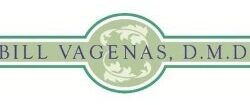
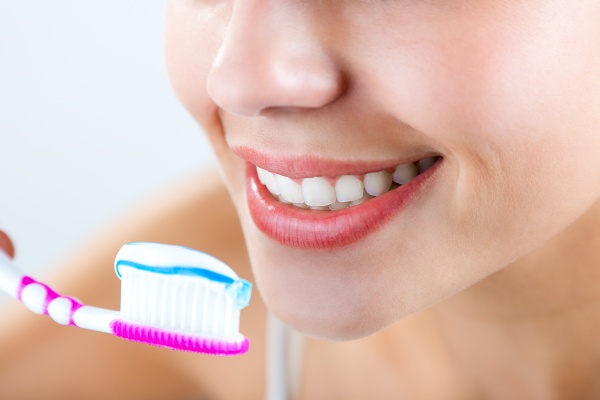
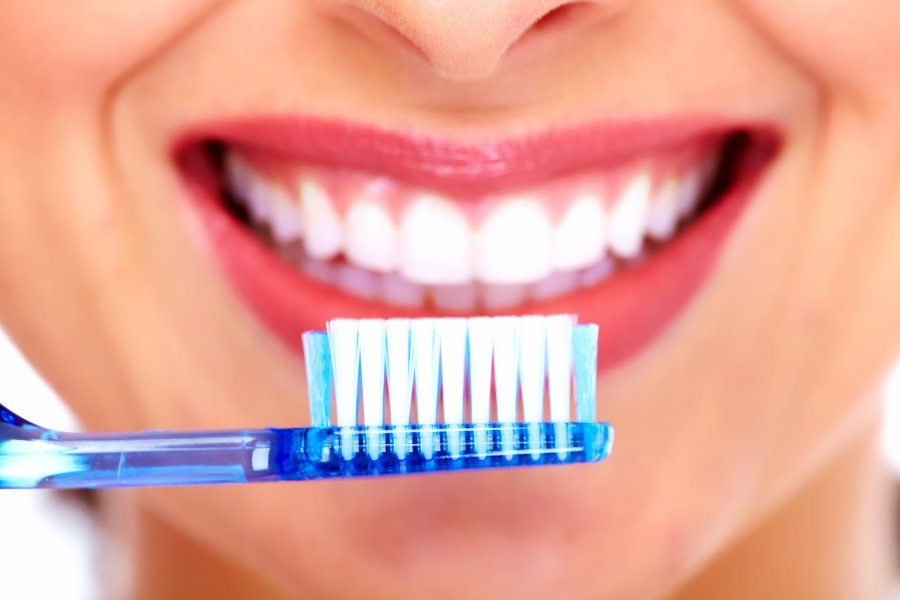


See you at Vagenas Dental to get the best smile and service in town! They know what it takes. At Vagenas Dental their entire staff
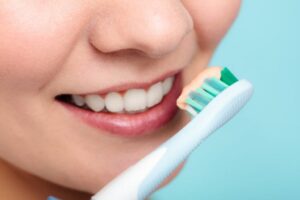
Brockton Dentist offers tips for Cavity Protection Cavity protection is vital to avoid tooth decay, gum problems and other dental issues that can be painful
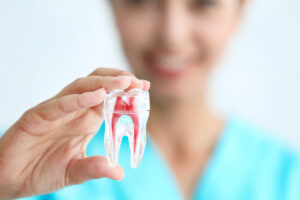
Best Root Canal Dentistry with Dr. Vagenas Dental Clinic in Brockton MA What is Root Canal Dentistry in Brockton MA Root Canal Dentistry is one of

How To Deal With Dental Emergencies in Brockton, MA 02301 A dental emergency in Brockton MA often requires immediate attention in order to save a

Make 2021 a great year for your Dental Care in Brockton, MA This is a new year and an ideal time to make sure your

Discover Zoom! Teeth Whitening with Dr. Vagenas Dental Clinic in Brockton MA The Zoom! Teeth Whitening System is a fast, safe and effective teeth whitening

Cosmetic Dentistry can brighten your smile and enhance your appearance in Brockton, MA You can improve your appearance and boost your confidence with Cosmetic Dentistry

In observance of our Independence Day Holiday, our Dental Center will be closed Starting on July 1st and we will re-open on July 8th at our normal hours.

In observance of our Independence Day Holiday, our Dental Center will be closed from June 30th through July 10th. We will re-open on July 11th at our normal hours.